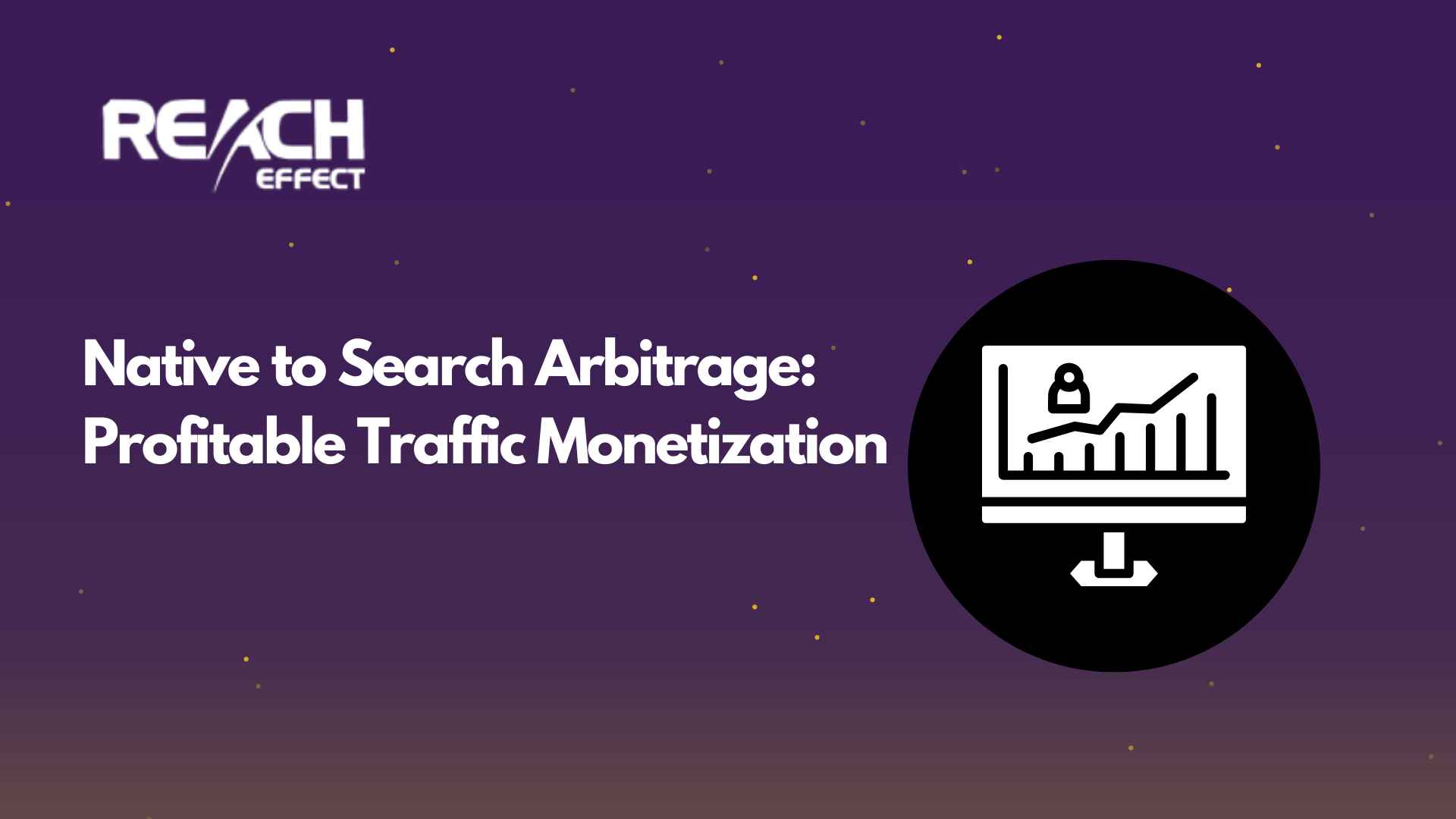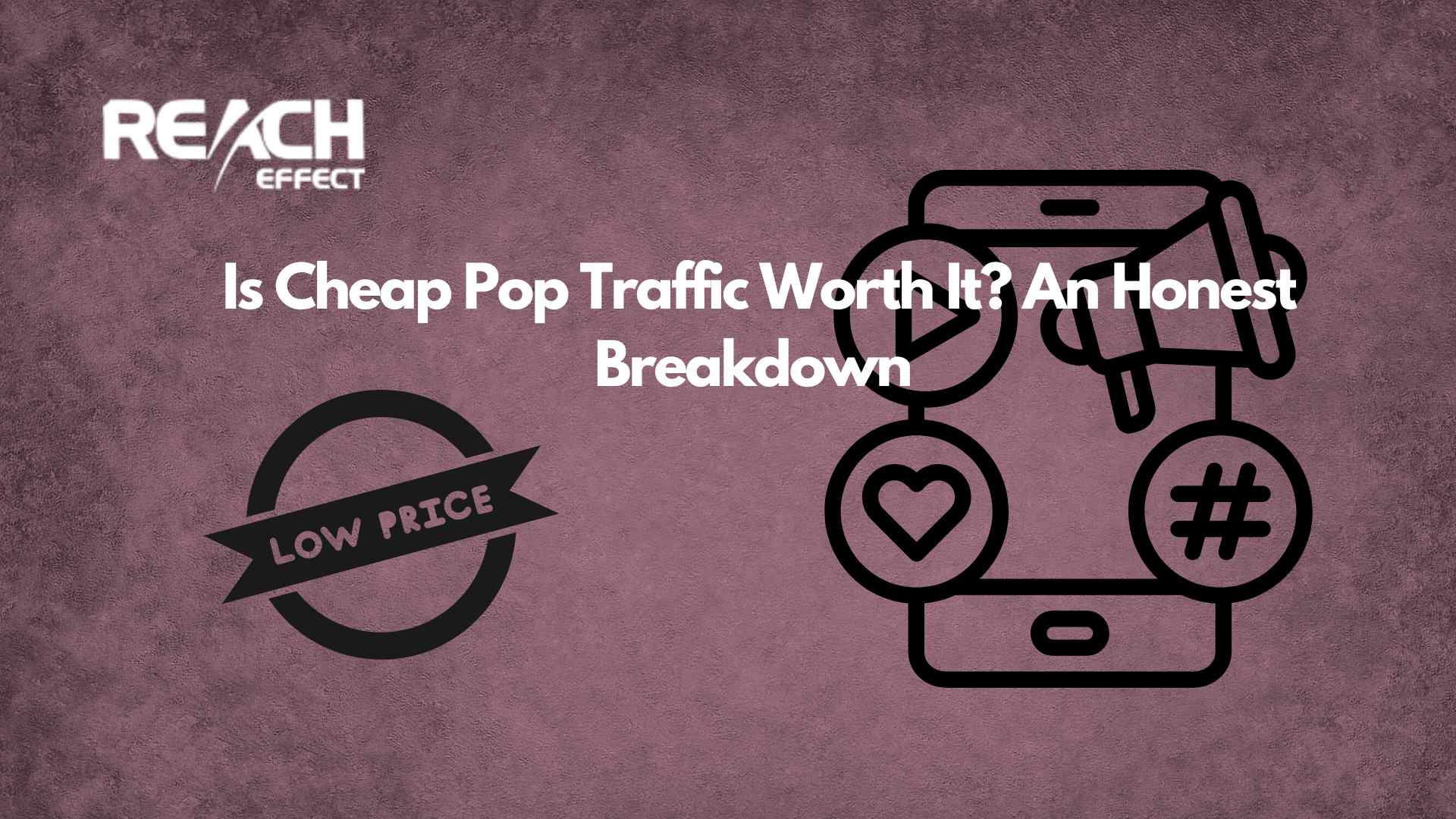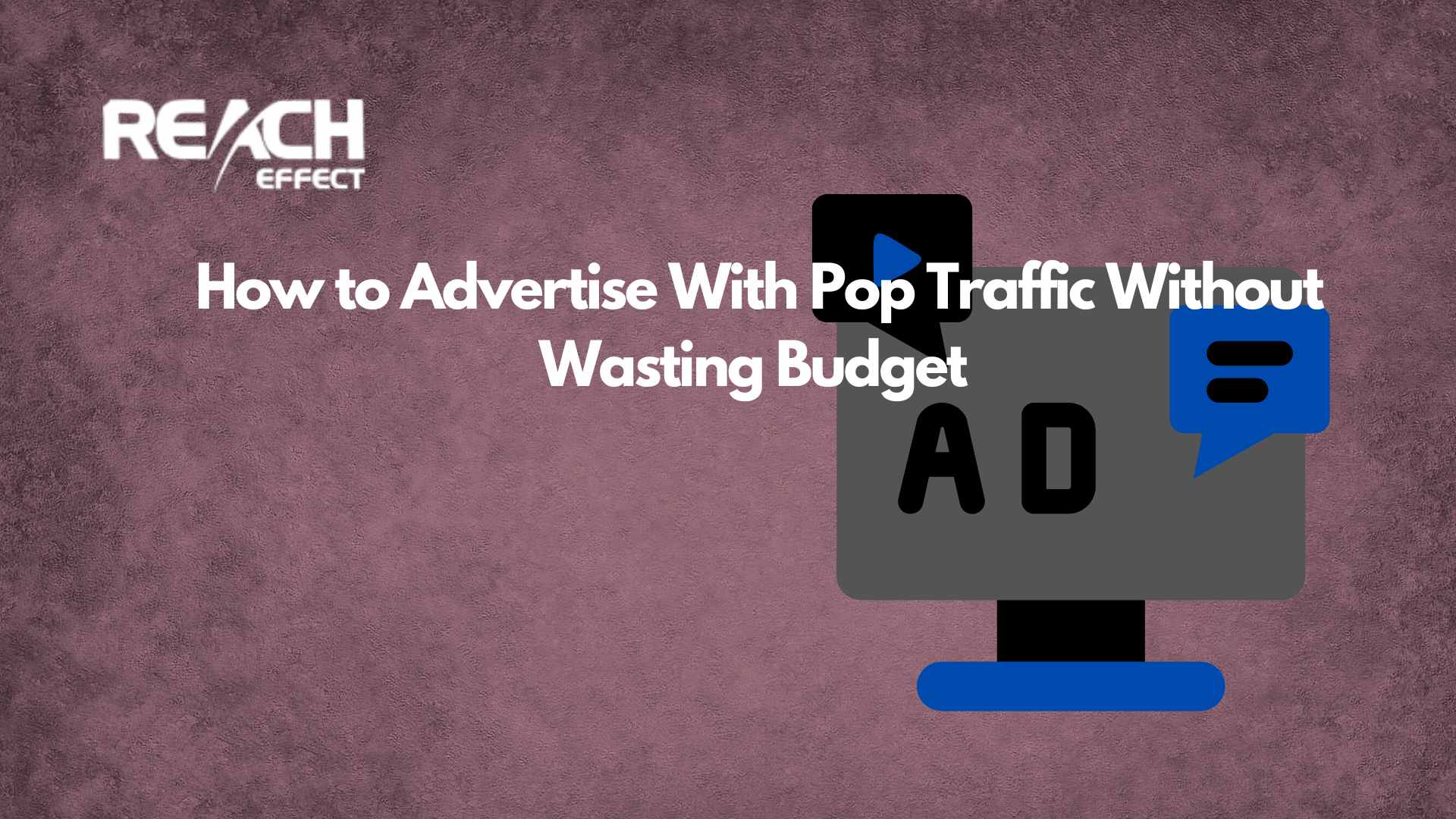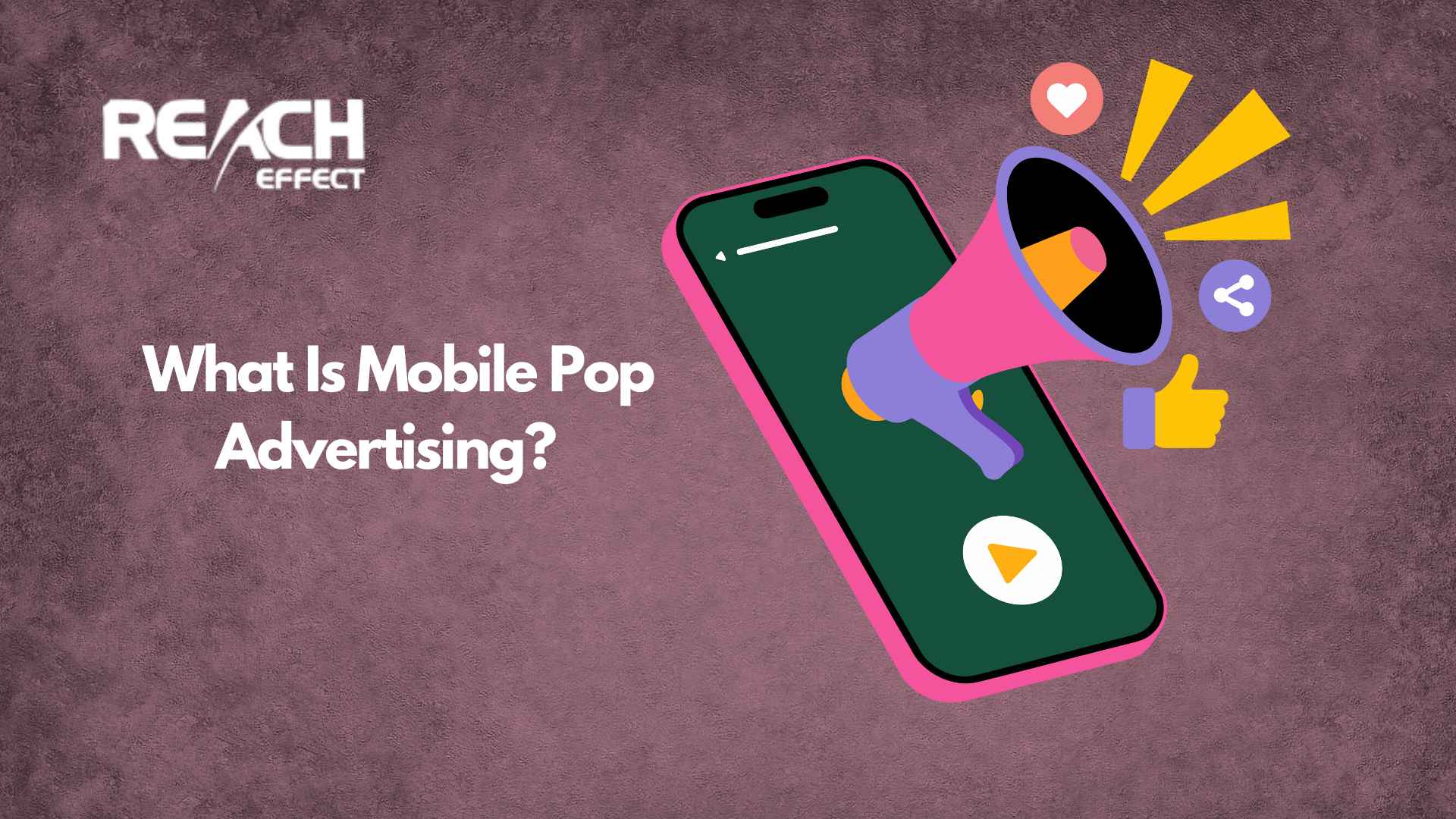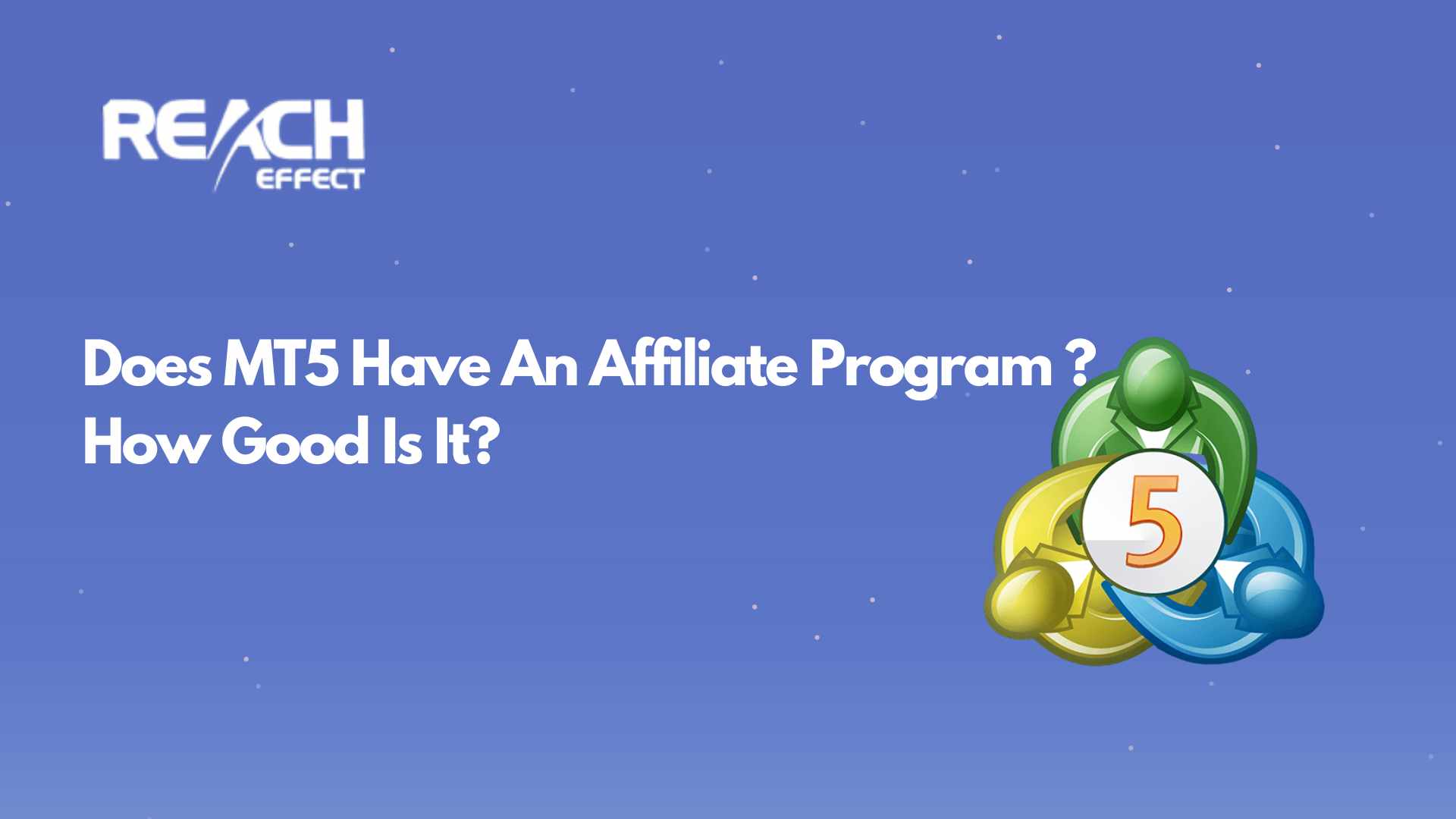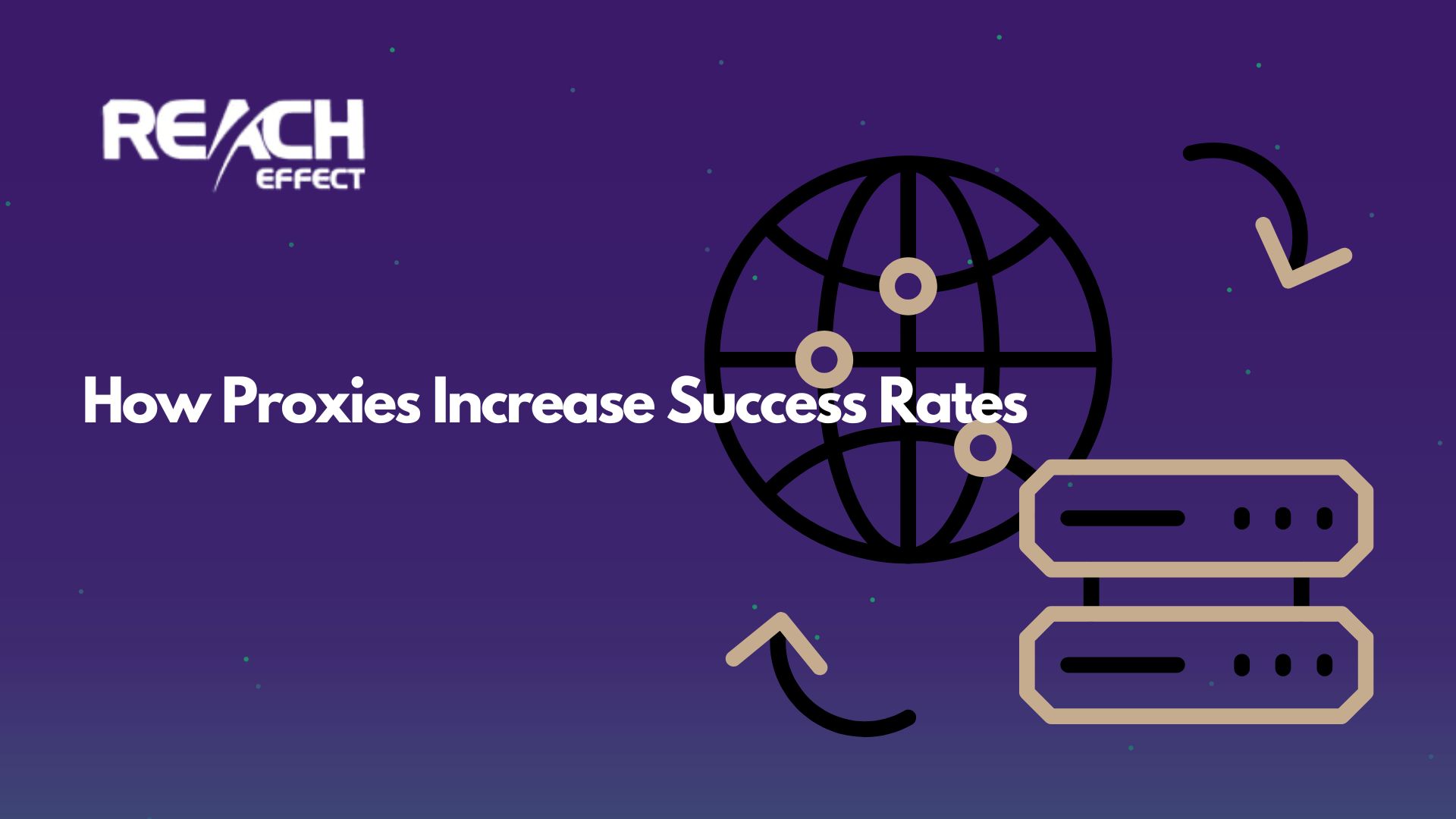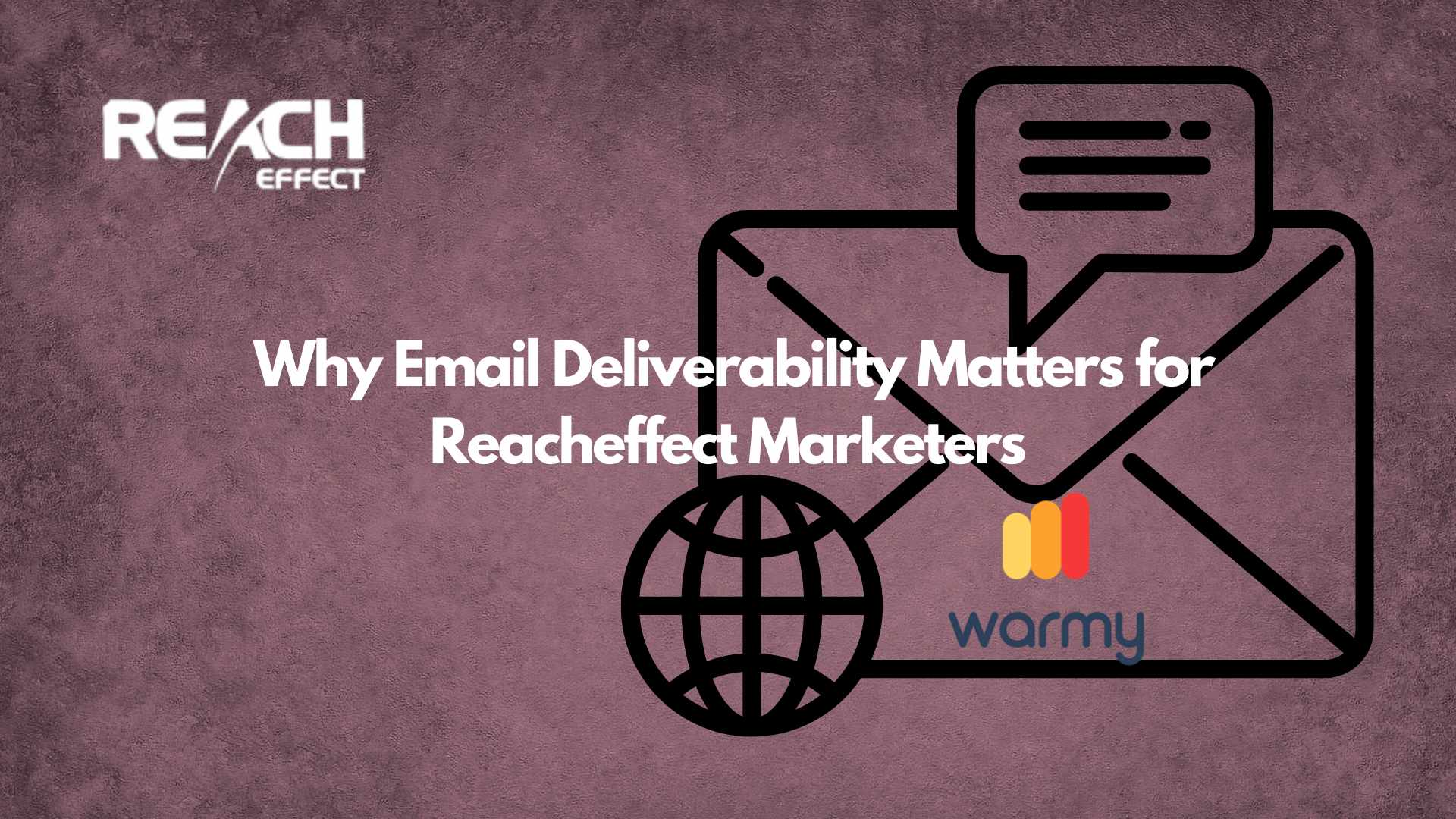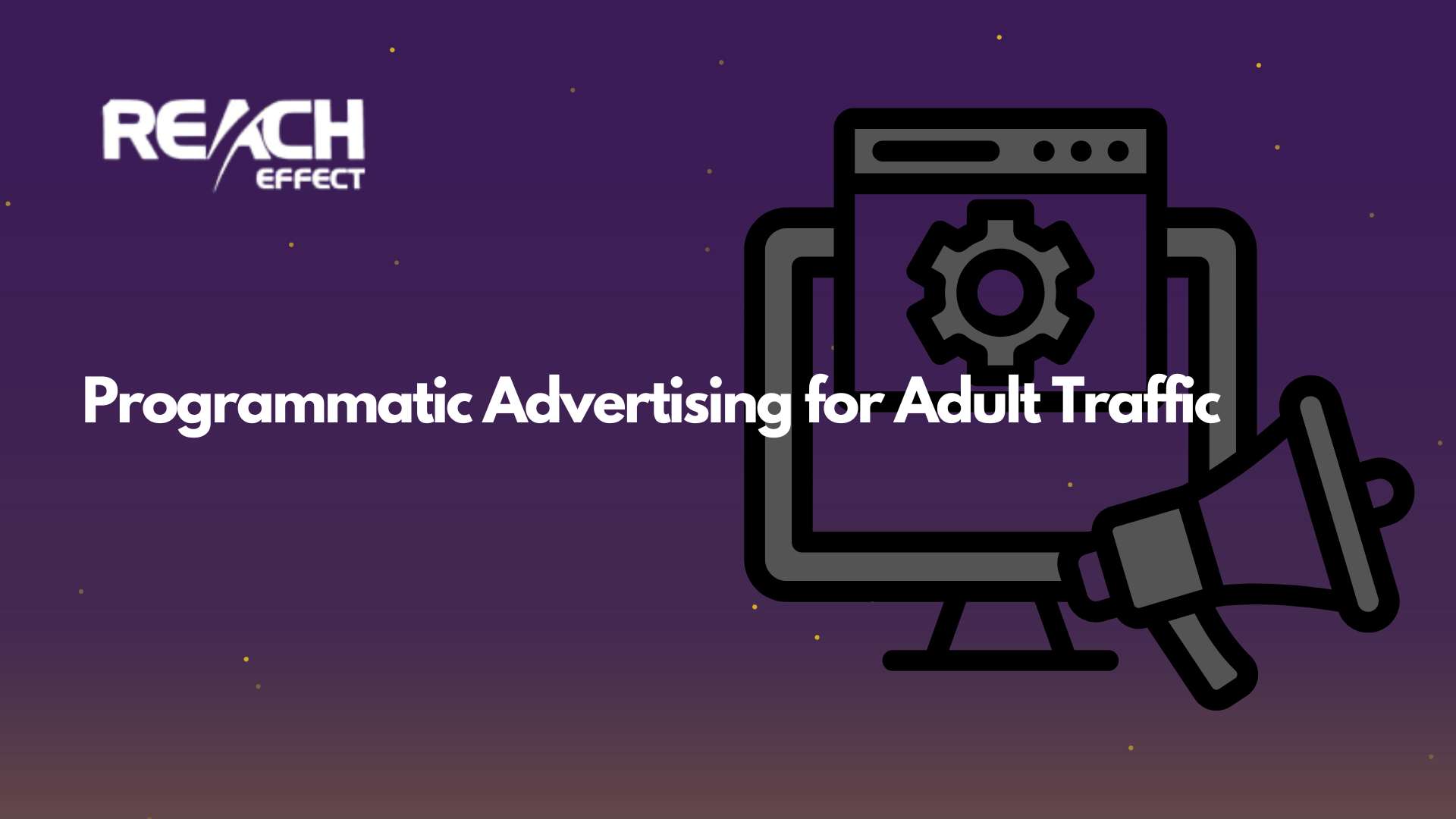In two previous articles we covered in depth what Run of Network is and what Run of Site is.
These are two of the most common advertising methods . But what exactly do these terms mean, how do they impact your campaign strategy, and how are they different?
Understanding the differences between RON and ROS can help you spend your budget wisely and improve campaign performance. This guide breaks down the core concepts, advantages, and best use cases for each method, giving you a clearer picture of which strategy suits your goals.
What is Run of Network (RON) Advertising?
Definition and Explanation
Run of Network (RON) advertising means your ads are displayed across multiple websites that belong to the same advertising network. You don’t get to pick specific sites—your ads appear wherever there is available inventory within the network. The main goal is to maximize reach and impressions across a broad audience.
Advantages and Disadvantages of RON
One of the biggest advantages of RON advertising is its cost-effectiveness. Since you’re not selecting specific placements, ad networks often offer lower rates for RON campaigns. This makes it a great option for businesses focused on brand awareness.
However, the lack of targeting can be a drawback. Your ad might appear on sites that don’t align with your brand, leading to wasted impressions and lower engagement rates. Additionally, brand safety concerns arise when ads show up on low-quality or irrelevant websites.
Best Use Cases for RON Campaigns
RON is ideal for advertisers who:
- Want mass exposure and to reach as many people as possible.
- Have a broadly appealing product that doesn’t require niche targeting.
- Are working with a tight budget but want maximum visibility.
Examples: A fast-food chain promoting a new menu item or a new mobile app trying to build brand recognition.
What is Run of Site (ROS) Advertising?
Definition and Explanation
Run of Site (ROS) advertising means your ad is placed across all pages of a single website rather than an entire network. You don’t choose specific sections, but you do control the overall site your ads appear on.
Advantages and Disadvantages of ROS
ROS provides more targeted exposure because it ensures that your ad reaches an audience already interested in a specific topic. This method is particularly beneficial for brand alignment. Your business appears on a site that naturally fits its niche.
On the downside, ROS can be more expensive than RON since you’re securing ad space on a specific website. Additionally, reach is limited to the site’s audience, making it less suitable for mass awareness campaigns.
Best Use Cases for ROS Campaigns
ROS works well for businesses that:
- Want to reach a niche audience that aligns with their product.
- Need brand credibility by associating with a trusted website.
- Have a higher budget and want more precise ad placements.
Examples: A fishing gear company placing ads on a popular fishing blog or a software brand advertising on a tech review site.
Key Differences: RON vs. ROS – A Detailed Comparison
Targeting Capabilities
RON offers little to no targeting, as ads are distributed across multiple sites. ROS, on the other hand, targets users of a specific website, providing a more focused audience.
Cost and Budget Considerations
RON campaigns are generally cheaper because they don’t require premium placement. ROS costs more since advertisers are paying for specific, high-value exposure.
Reach and Audience Size
RON provides a wider reach by displaying ads across many websites, while ROS focuses on a smaller, more engaged audience that frequently visits a particular site.
Brand Safety and Context
RON ads may appear on unrelated or low-quality sites, potentially harming brand perception. ROS gives advertisers more control by ensuring ads appear on reputable, relevant sites.
Performance Metrics
- RON campaigns are measured by impressions and reach.
- ROS campaigns focus more on engagement rates, click-through rates, and conversions.
Choosing the Right Strategy for Your Campaign
Define Your Campaign Goals
- If your goal is mass awareness, RON is the better choice.
- If you want to target a niche audience with higher engagement, ROS is the way to go.
Consider Your Budget
- RON is more affordable for advertisers with a limited budget.
- ROS requires a higher investment but can lead to better conversions.
Evaluate Your Target Audience
- If your audience is broad and diverse, RON makes sense.
- If your audience frequents a particular type of content, ROS is more effective.
Real-World Examples
RON Example
A national retailer runs a RON campaign during the holiday season to promote sales. The goal is to reach as many online shoppers as possible, regardless of where they browse.
ROS Example
A B2B software company runs an ROS campaign on a leading business technology website. Since the target audience consists of professionals interested in tech solutions, ROS ensures the ad reaches decision-makers.
Actionable Tips for Optimizing RON and ROS Campaigns
For RON Campaigns:
- Monitor where your ads are appearing and exclude low-performing or irrelevant sites.
- Set frequency caps to avoid showing ads too many times to the same user.
For ROS Campaigns:
- Negotiate ad placement deals to ensure your ad appears in high-traffic areas of the website.
- Test different creatives to see which version drives the best engagement.
Conclusion
Choosing between Run of Network (RON) and Run of Site (ROS) depends on your marketing objectives, budget, and audience. If you need broad exposure and have a smaller budget, RON is the better option. If you prioritize targeted advertising with higher engagement, ROS is the smarter choice.
The key is understanding what you want to achieve. Whether you choose RON, ROS, or a combination of both, always track your performance and refine your strategy for the best results. By leveraging the right approach, you can make your advertising budget work smarter and drive real business growth.


